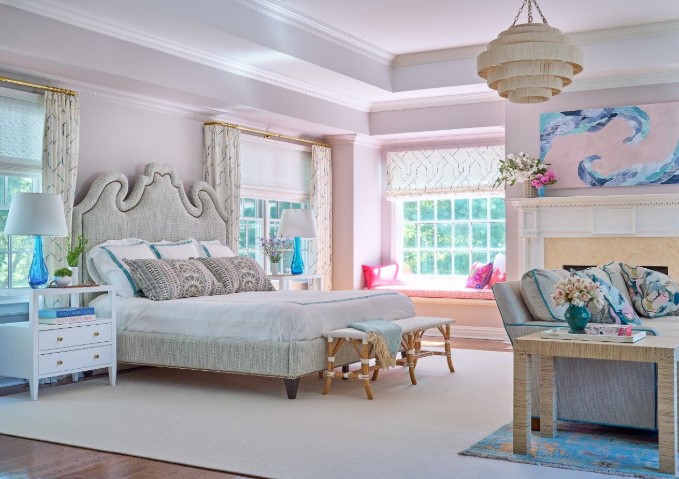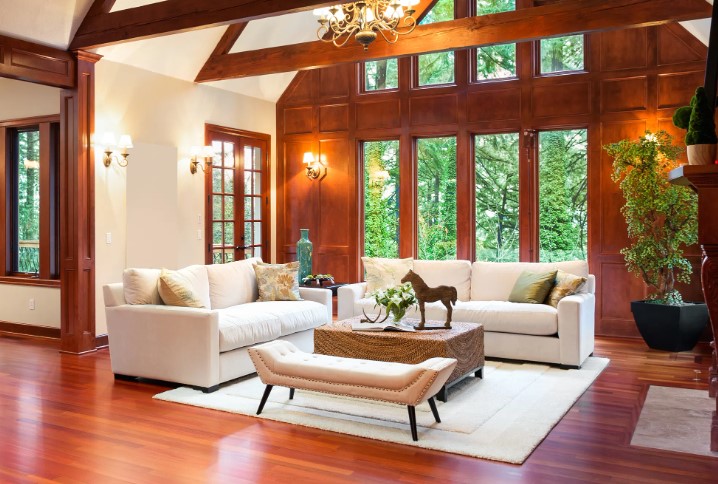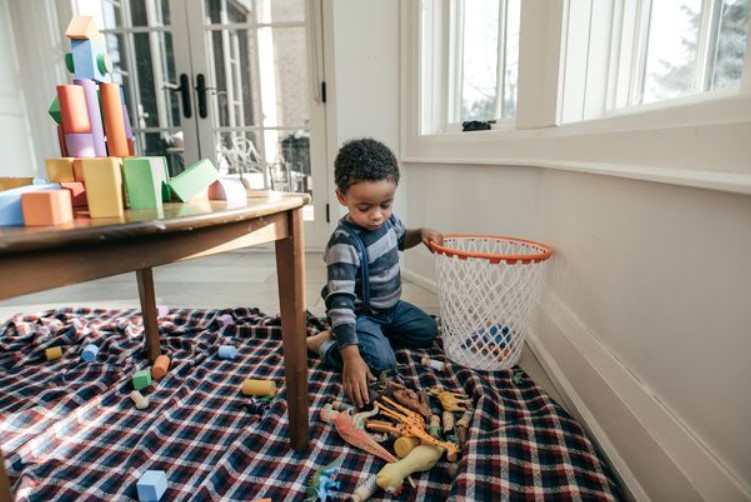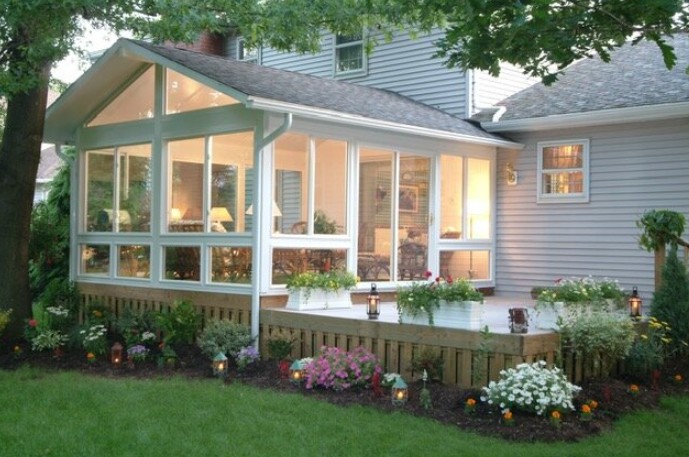
Finding the Right Paint Color: Tips for Every Room
Choosing a paint color for your home is more than just picking something pretty—it’s about setting the tone and mood for each room. Here’s a quick guide to help you make the right choice without getting overwhelmed.
1. Let the Room’s Use Guide You
Different spaces call for different moods. In high-energy areas like kitchens and living rooms, warm colors—reds, yellows, and oranges—add vibrancy. In contrast, calming spaces like bedrooms or reading nooks benefit from cooler shades like soft blues, greens, or grays. The key is aligning the paint’s feel with the room’s function.
2. Balance with the 60-30-10 Rule
Divide your room’s palette into three proportions:
- 60{3997018ce2c130a064d7d91a7124a07b52dda89219cf7e092a406d6767cd30af} Base Color: Walls or dominant surfaces.
- 30{3997018ce2c130a064d7d91a7124a07b52dda89219cf7e092a406d6767cd30af} Secondary Color: Found in larger furnishings or textiles.
- 10{3997018ce2c130a064d7d91a7124a07b52dda89219cf7e092a406d6767cd30af} Accent Color: Accessories like cushions or decorative items.
For example, a light gray wall (60{3997018ce2c130a064d7d91a7124a07b52dda89219cf7e092a406d6767cd30af}) can pair beautifully with navy furniture (30{3997018ce2c130a064d7d91a7124a07b52dda89219cf7e092a406d6767cd30af}) and mustard yellow accents (10{3997018ce2c130a064d7d91a7124a07b52dda89219cf7e092a406d6767cd30af}). This structured approach keeps your design cohesive and visually appealing.
3. Use Existing Décor as Inspiration
Start with what you already own. A bold area rug or a piece of art can become your color palette’s foundation. Matching or complementing these focal items ensures harmony throughout the room while personalizing your space.
Selecting the perfect paint doesn’t have to be overwhelming. By focusing on the room’s purpose, balancing colors, and incorporating décor you already love, you can create spaces that are both functional and beautiful.
Want to learn more about color design? Check out the accompanying resource for expert advice, provided by Steadfast Painting Solutions, serving those in need of Elmhurst drywall repair and painting.

You May Also Like

The Art of Tapestries
September 5, 2023
Beat the Summer Heat: Why Chimney Cleaning Is a Must for Your Home
March 17, 2025

